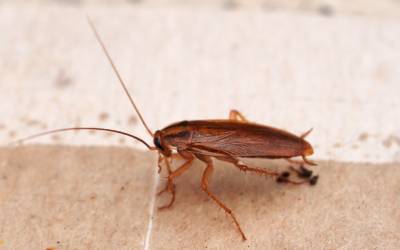 The holiday season is many peoples’ favorite time of the year. There’s so much to look forward to, but one of the downsides of the holidays (and winter in general) is the opportunity for pest problems to arise. Spiders, cockroaches, rodents, and pantry pests are just some of the unwanted guests that we’ve been called about over our years serving Eastern TN during the holiday season. If you’re looking to prevent pests during the holidays this year, read on for advice from our exterminators at Johnson Pest Control!
The holiday season is many peoples’ favorite time of the year. There’s so much to look forward to, but one of the downsides of the holidays (and winter in general) is the opportunity for pest problems to arise. Spiders, cockroaches, rodents, and pantry pests are just some of the unwanted guests that we’ve been called about over our years serving Eastern TN during the holiday season. If you’re looking to prevent pests during the holidays this year, read on for advice from our exterminators at Johnson Pest Control!
Why Do Pests Spread During the Holidays?
If you’ve never experienced a pest infestation during the holidays in Eastern TN, you’re one of the lucky ones. There are many ways that the holiday season creates pest problems—here are the main three:
- When you stow away your decorations in boxes after the holiday season, they have almost a year of undisturbed time to house all sorts of pest populations. Bringing them out can spread an infestation throughout your home.
- The surge of online shopping during the holiday season creates endless opportunities to spread. By sneaking into or chewing through packaging, they can find temporary shelter and a fast-track ticket to a new home and plentiful resources.
- Holiday greenery, like trees, garlands, wreaths, and other plants can all provide temporary shelter for pests in your home.
Need Help with Holiday Season Pest Control?
3 Tips to Prevent Holiday Season Pests On Your Own
The holiday season is one of the most important times to take extra measures to prevent pest problems. Here are our top three tips to keeping pests from multiplying inside your home this holiday season:
- Shake out your Christmas tree, wreath, or other festive plants before bringing them inside. They could be hosting insects.
- Make sure that there are no bugs hiding in your firewood before bringing it inside. You should be storing your firewood outside, off of the ground, and away from your home.
- Before bringing out your decorations, check your boxes and storage area for evidence of any pest activity. This could be droppings, scratches and bites, discarded wings, and more.
Professional Pest Control for the Holidays
A pest infestation is the last thing that you need to worry about during all of the hectic hustle and bustle of the holidays. If you’re worried about the possibility of a pest outbreak, let your local pest control company take a look at your home. Our technicians at Johnson Pest Control are able to conduct all-encompassing pest inspections, labeling any active pest populations and vulnerabilities to put a stop to. Contact us today to learn more about how we can help you and receive a free quote!
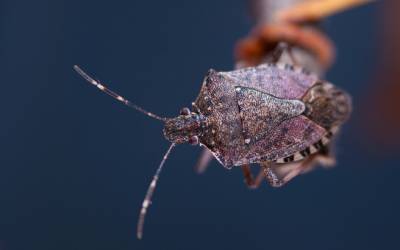 Many people here in Eastern Tennessee have come to us asking questions about the amount of
Many people here in Eastern Tennessee have come to us asking questions about the amount of 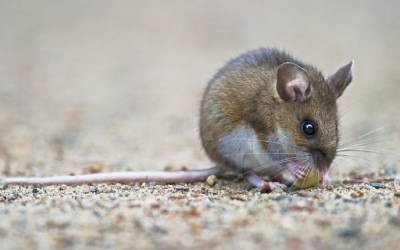 As autumn kicks into gear, animals of all sorts are starting their preparations for another cold winter. Unfortunately, this means the start of
As autumn kicks into gear, animals of all sorts are starting their preparations for another cold winter. Unfortunately, this means the start of 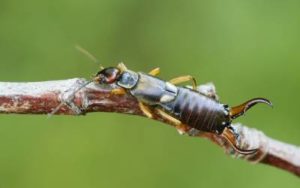 Have you noticed a strange-looking insect species crawling around your home this fall? Every year, our technicians at Johnson Pest Control hear reports of weird, skinny bugs with pincers on their rears creeping out our customers in Eastern TN. If this sounds like you, you’re probably wondering: what are these bugs, and why are they on my property? If you are, read on to learn!
Have you noticed a strange-looking insect species crawling around your home this fall? Every year, our technicians at Johnson Pest Control hear reports of weird, skinny bugs with pincers on their rears creeping out our customers in Eastern TN. If this sounds like you, you’re probably wondering: what are these bugs, and why are they on my property? If you are, read on to learn!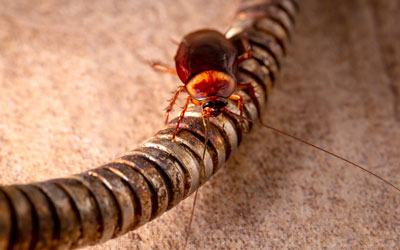 Dealing with a leaky faucet or plumbing problem is frustrating enough for any homeowner. However, the problem can become double fold when pest infestations ignite due to the excess moisture in the home. This is because all types of pests are attracted to damp environments, which is why they’re commonly found in bathrooms, crawl spaces and more. Needless to say, a broken water pipe or sewage issue can directly correlate to an increased risk of pests in the home. This makes it crucial to always attend to maintenance problems as soon as you have them. Read on to learn everything you need to know about preventing pests and leaky pipes that can cause them in your Eastern Tennessee home!
Dealing with a leaky faucet or plumbing problem is frustrating enough for any homeowner. However, the problem can become double fold when pest infestations ignite due to the excess moisture in the home. This is because all types of pests are attracted to damp environments, which is why they’re commonly found in bathrooms, crawl spaces and more. Needless to say, a broken water pipe or sewage issue can directly correlate to an increased risk of pests in the home. This makes it crucial to always attend to maintenance problems as soon as you have them. Read on to learn everything you need to know about preventing pests and leaky pipes that can cause them in your Eastern Tennessee home!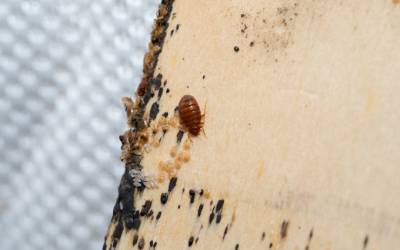
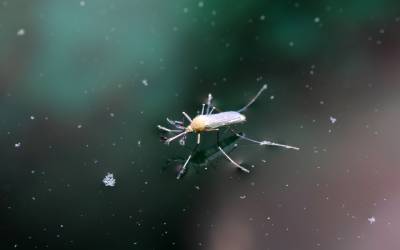 Whether you’re sleeping or awake, inside or out, getting active or just hanging around, the pests are out and biting this summer! Winged insects are some of the hardest to avoid when it comes to biting because they can attack us from all angles. We’ve heard a lot about no-see-ums, gnats, and
Whether you’re sleeping or awake, inside or out, getting active or just hanging around, the pests are out and biting this summer! Winged insects are some of the hardest to avoid when it comes to biting because they can attack us from all angles. We’ve heard a lot about no-see-ums, gnats, and 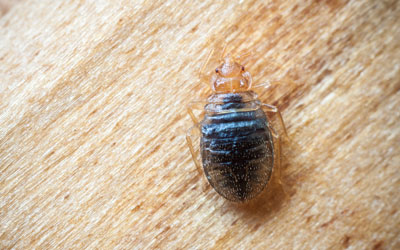 Discovering bug bites of any sort on your skin can be distressing. But how do you know what bit you in the first place? Many bugs will bite sight unseen—meaning you won’t know what bit you until you see the symptoms of the bites on your skin. One of the main types of bug bites is bed bug bites. In fact, seeing bites on your skin are oftentimes one of the first signs you have a bed bug problem in general. For this reason, it’s crucial to learn how to identify bed bug bites against other types of bug bites. In this article, the bed bug experts at Johnson Pest Control are here to share their knowledge on identifying bed bugs through their unique bites.
Discovering bug bites of any sort on your skin can be distressing. But how do you know what bit you in the first place? Many bugs will bite sight unseen—meaning you won’t know what bit you until you see the symptoms of the bites on your skin. One of the main types of bug bites is bed bug bites. In fact, seeing bites on your skin are oftentimes one of the first signs you have a bed bug problem in general. For this reason, it’s crucial to learn how to identify bed bug bites against other types of bug bites. In this article, the bed bug experts at Johnson Pest Control are here to share their knowledge on identifying bed bugs through their unique bites.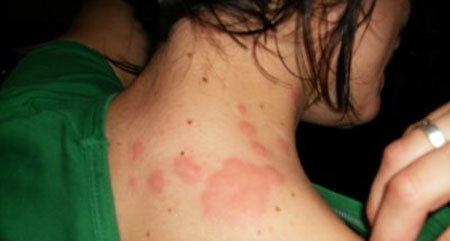
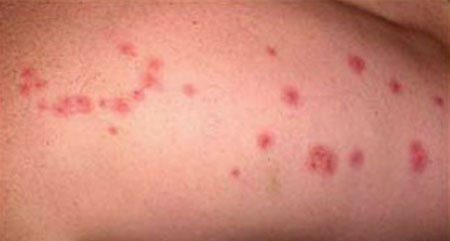
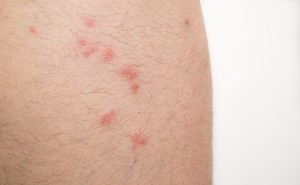
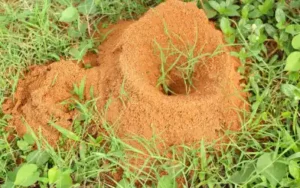 Fire ants, often called “red imported fire ants” originate from Brazil but were introduced to the United States around 1940. Since then, they have spread throughout much of the southeast, including right here in Tennessee. Because these pests can pose a serious threat, it’s important to know how to recognize them as well as how to stay safe from their painful stings. Learn more with the ant control experts right here at Johnson pest Control.
Fire ants, often called “red imported fire ants” originate from Brazil but were introduced to the United States around 1940. Since then, they have spread throughout much of the southeast, including right here in Tennessee. Because these pests can pose a serious threat, it’s important to know how to recognize them as well as how to stay safe from their painful stings. Learn more with the ant control experts right here at Johnson pest Control.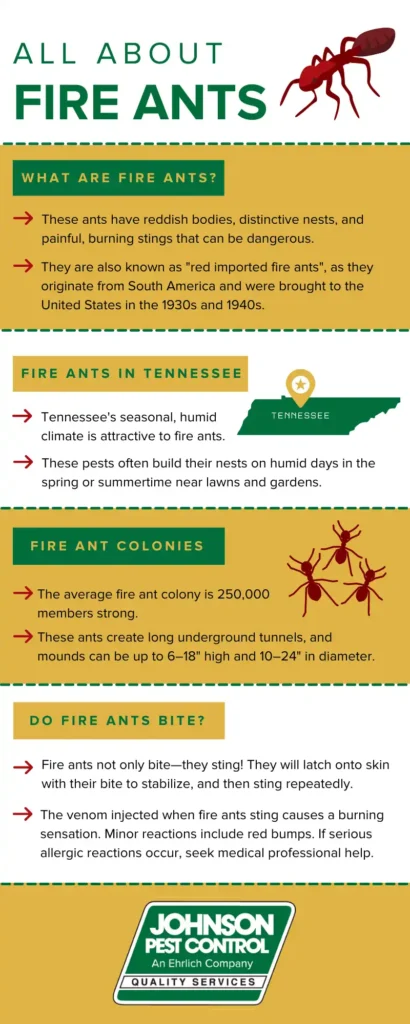 How to Prevent Fire Ant Problems
How to Prevent Fire Ant Problems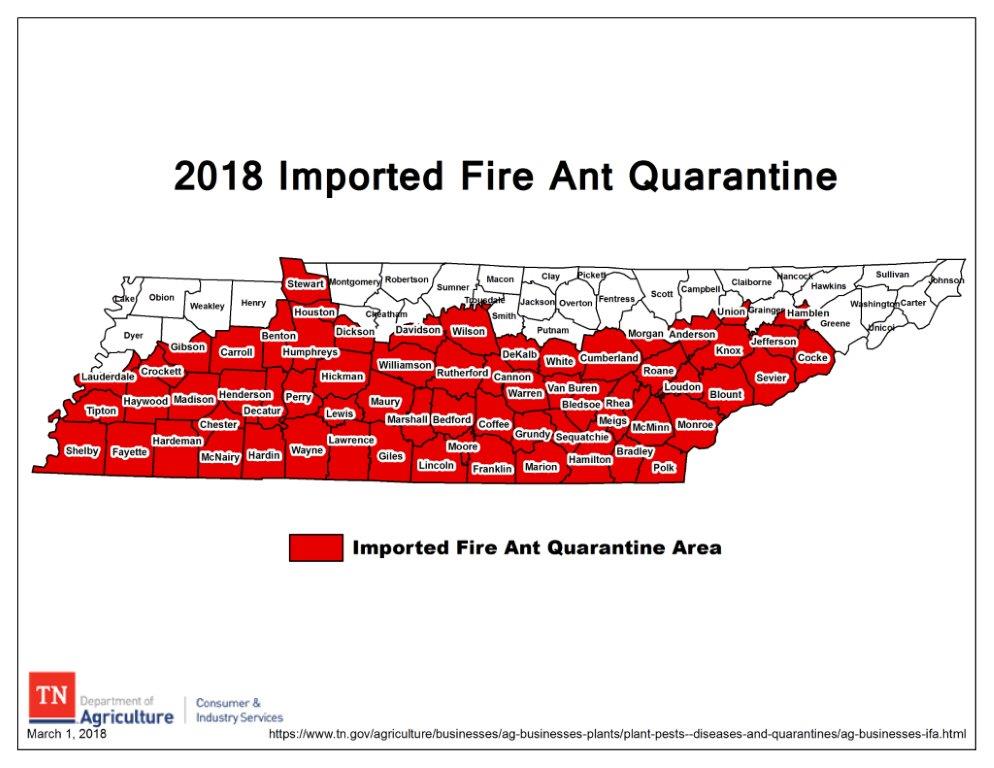 If you are getting out into the garden this time of year then you will likely come across some ants. The ants we all know we do not want to come across are fire ants. Fire ants are serious pests that will swarm and bite all over you, your children, and your pets if they are agitated. These pests are common in Tennessee, making it important to learn all you need to know about them and the threats they bring. At Johnson Pest Control, we are committed to helping our communities learn about the threats of fire ants. Read on to learn all you need to know about
If you are getting out into the garden this time of year then you will likely come across some ants. The ants we all know we do not want to come across are fire ants. Fire ants are serious pests that will swarm and bite all over you, your children, and your pets if they are agitated. These pests are common in Tennessee, making it important to learn all you need to know about them and the threats they bring. At Johnson Pest Control, we are committed to helping our communities learn about the threats of fire ants. Read on to learn all you need to know about